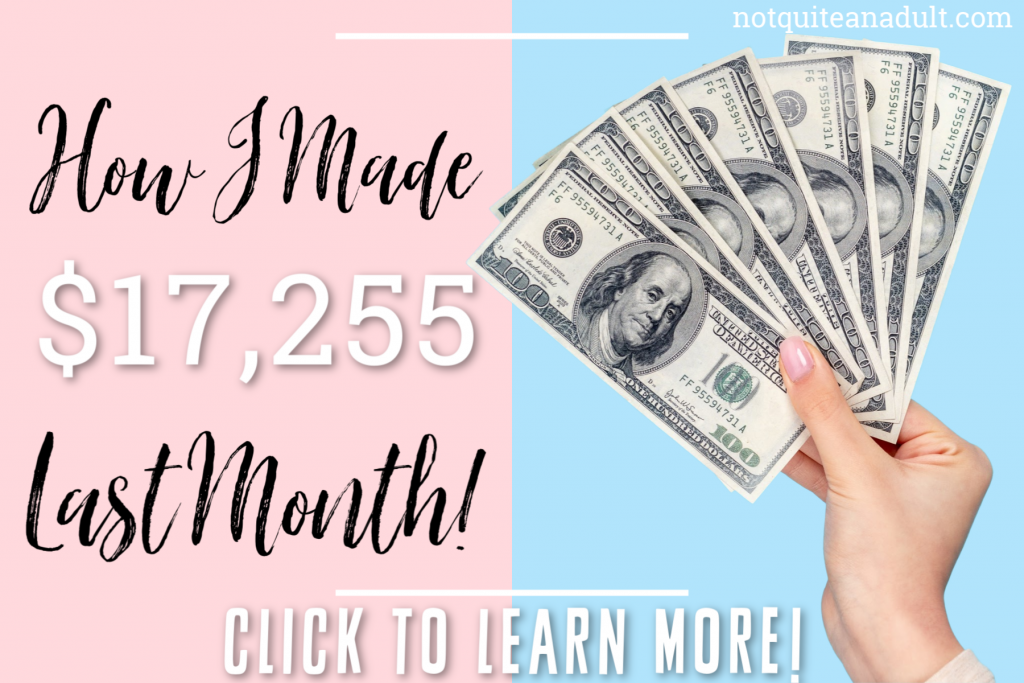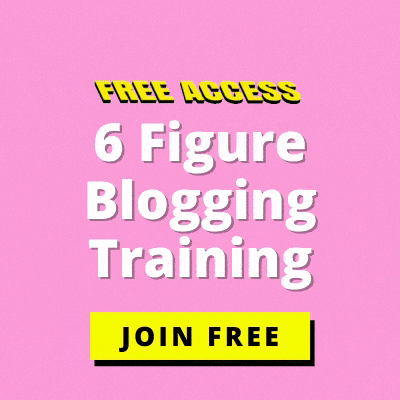The majority of blogging beginners don’t think much about the strategy behind their blog posts.
However, you can’t just “blog” anymore.
The blogging scene has evolved to the point where you need basic SEO skills if you are serious about your blog.
Try to set up a basic routine when you work on your posts including the things you do before, during, and after writing.
The first phase is before and during the writing process, the second routine follows after publishing.

Table of Contents
Phase I
1. Identify Your Subject
Naturally, the search for a new blog topic comes first.
You can get your inspiration for example from magazines, Pinterest or other bloggers.
But, you should never copy ideas!
Here are some tips to get your inspiration:
Let’s say you see a photo on Pinterest about sewing your own dress.
Now, think about mixing this basic idea with a unique and new element.
Try to limit your theme as much as possible so that all the articles in your blog can “circulate” later.
As for the dress example, you shouldn’t write a blog post about “sewing a dress”, but a clearly defined post about “make an old dress new again”.
2. Choose An Effective Keyword
Before you start writing a new post, choose an effective keyword or phrase. This keyword or phrase must perfectly reflect the basic theme of the blog post and be easy to find in Google.
For SEO reasons, include your keyword in the first paragraph of your blog post, the ALT subtitles, the URL and your subtitles.
3. Write A Catching Title
Your title must be convincing enough to click on. Never forget that with your blog article you are trying to solve a problem for your readers!
The title must contain your keyword or phrase.
For the title to be effective, it is important to write it as strictly as possible to appeal to a very specific target group.
In the example of the dress, you could go further and reduce your target group to e.g. Vintage Lovers, if that is your target audience.
Then, instead of “change your old dress into a new one”, you would write:
“How to turn an old dress into a Vintage dress”.
It also makes sense to use superlatives, such as “gorgeous dress” to increase interest in the note.
4. Compress Your images And Use ALT-Text
Google doesn’t like it when your website is loading forever.
To avoid that , you should upload your photos in a smaller size.
You can use Photoshop, but Affinity, Gimp or Adobe Elements work also well.
When you export, also add ALT descriptions to your images that contain your keyword.
For example, an ALT description for your DIY blog would look like this:
“DIY sewing – dress – vintage – new”.
This gives you a better chance to be found later in Google’s picture book, and Google will recognize the keywords in the ALT description and include them in the ranking.
5. Format Your Content with Subtitles
Your main goal should always be to structure your blog post as user-friendly as possible, in addition to provide high-quality content.
A good structure can be achieved by using subtitles.
In general, there are different types of headings in HTML : H1, H2, H3, H4 etc.
Your Title can have the “title” or “Heading 1 (H1) format, and your subtitles would go with the “H2” format.
You can further break down your content by using smaller subtitles such as “H3”.
6. Transfer Your Content To Pinterest
Do not underestimate Pinterest when it comes to traffic creation.
It has an incredible potential!
Create a graphic, collage or portrait especially for Pinterest and share it on a board or group.
7. Link Existing Articles
Every of your new articles should have a link to an older, but relevant article.
This is not only good for Google’s ranking, but also helps to keep new readers on your website.
Including a link to an older article will give your readers additional information and at the same time added value.
Your goal should always be to provide as much information as possible.
8. End Your Blog Post with A Question
There is nothing worse than sending the reader home empty-handed at the end of the blog post.
You don’t want new readers just visiting any of your posts via facebook, Pinterest or Instagram, read them and then leave.
Your goal is to engage your audience and keep them interested in your articles. You also want to know, what are they interested in, to be able to provide the information they are looking for.
End your post with an open question, such as:
“How does your ultimate vintage dress look like?” or a concrete call to action “Tell me about your favourite project!”
This allows readers to leave a comment and generally interact more closely with your blog post.
9. Make Your Article SEO Compatible
Yoast is a SEO plugin for WordPress. And you should use it.
It allows you to check whether your blogs are compatible with SEO.
It is colour coded much like traffic lights.
Yoast shows you, for example, how often you have used your keyword in text and titles, how you should design your meta description and whether the ALT text in your photos is correct.
Your contribution should only be published if your traffic light is on “green”.
10. Proofread
There is nothing worse, than publishing a post, which is full of typos or grammar mistakes.
Google doesn’t like it, and your audience will most likely feel that you’re not a very professional blogger.
Take the extra time to go over your text and proofread. Small mistakes, a missing comma here or there is not the end of the world.
But your reader must be able to ‘flow’ through the text
Phase II
11. Share Your Post On Social Media
facebook:
As soon as a new blog entry is published, do your social media routine.
The first step is to share the article on your facebook page, then share this facebook article in the appropriate facebook groups (e.g. in DIY, Vintage, etc.).
This increases the reach of your facebook page and gains new readers for your blog.
Instagram:
Instagram can also play a significant role for you, depending on your followers and your presence.
Create a photo just for Instagram for the new blog content.
You can share this picture immediately after the article is published and add a direct link to the entry in your Bio-Instagram.
13. Share On Pinterest Via Boards and Groups
Use Pinterest to promote new entries in your blog.
An article usually contains three different Pinterest photos, e.g. for your DIY blog, a making-of graphic, a portrait photo and a photo with graphical text, which you then share at different times.
Release each photo of Pinterest on your bulletin boards and on the bulletin boards of the groups.
For example, DIY for gifts, which you can pin on the “DIY” bulletin board and on your “DIY gifts” bulletin board, and then again on the corresponding bulletin boards.
14. Respond To Comments
This is a very important point!
As soon as the post is online, and the first comments are coming in, you have to respond.
Your blog will live from the interaction with your audience.
15. Evaluate The Performance Via Google Analytics
When the new post is a few weeks old, you should evaluate the performance with Google Analytics.
Pay attention to the number of clicks received as well as the number of new visitors to the article who continue reading your blog or leave it again, which will determine your bounce rate.
It is also interesting to compare the performance with other articles to find out which information your audience is actually looking for.




Leave a Reply